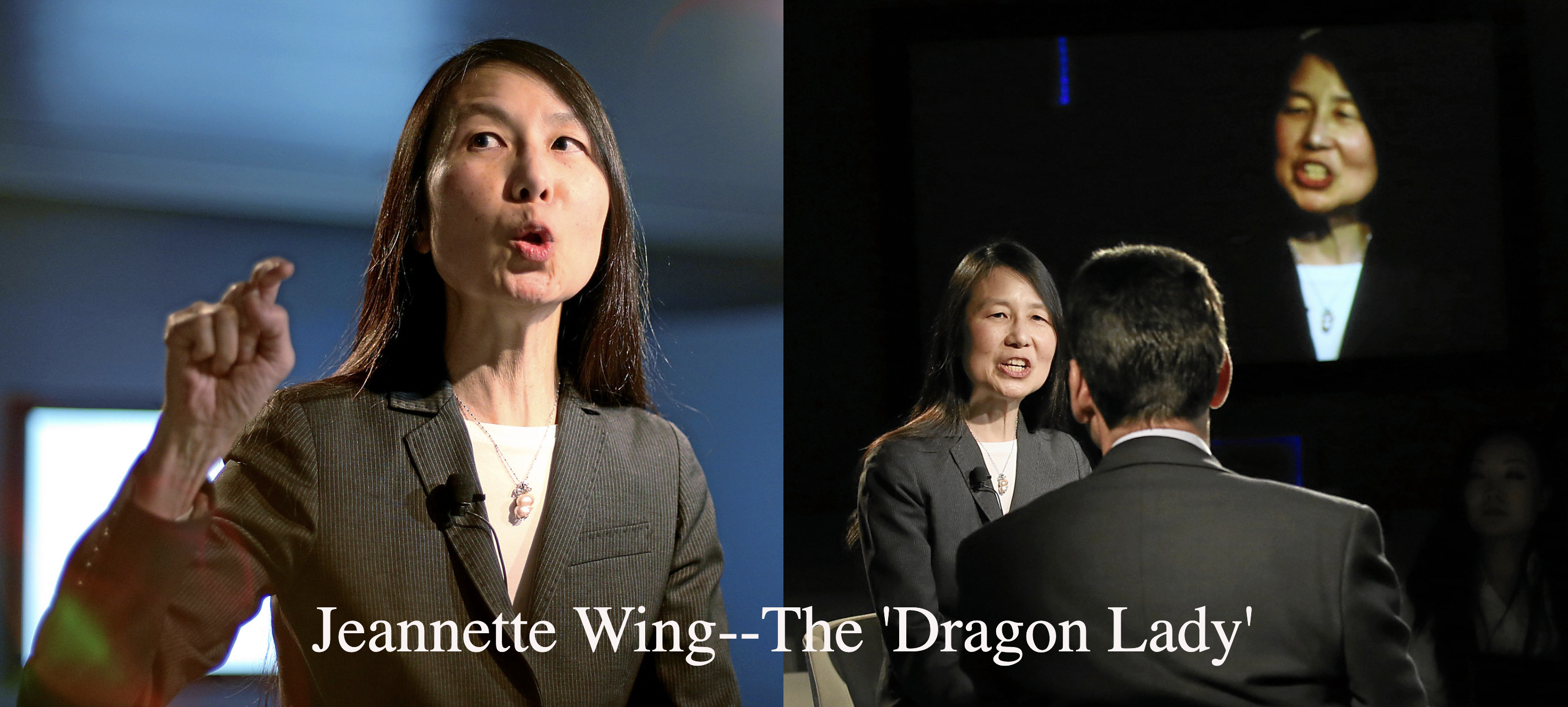
Firstly, let our story begins with the brought out of computational thinking. In history, the origin of computational thinking can be dated back to 1950s, when Alan Perlis pointed out that coding was a mental tool for understanding all kinds of problems(Forsythe 1959). But the formal concept of CT had not been raised until 2006, when Jeannette Wing, who is the subject of this biography, published an essay on the Communications of the ACM journal, which brought out the phrase ‘Computational Thinking’ to the stage(Wing 2006).
Her early life
Before the publish of this reverberate essay, Wing already earned her own reputation in computer science. Wing’s father was a professor of electrical engineering at Columbia University, who was always encourage her to have a career in computer science. Later on, she had a bachelor’s and then a master’s degree in Electrical Engineering and Computer Science at MIT. After the graduation, she worked at University of Southern California as a teaching assistant. She went back to MIT and had a Ph.D.
Since 1985, Wing started to work at Carnegie Mellon until the year of 2012, when she left the university and worked for Microsoft. And during this time, she worked with Barbara Liskov, who was awarded the Turing Award later in 2008, developed the Liskov substitution principle in 1993(Liskov and Wing 1994). She earned a nickname called ‘Dragon Lady’ in Carnegie Mellon University because of her strict teaching style.
Then came the Computational Thinking
Wing brought out the famous idea of CT in 2006, as I mentioned earlier, when she found that the number of undergraduates majoring in computer science was decreasing, and students generally believed that CS meant programming. Then she wanted to draw for students into CS, and to dig out the potential value of CS by combing it with other fields like finance, biology and social science.
The new role
Jeannette Wing has started her new role on the 1st, September 2021, as the executive vice president for research in Columbia University. “Jeannette will advance the office’s mandate to grow our research efforts in ways that align with the challenges and opportunities ahead, building on the University’s longstanding strengths, supporting collaborations across disciplines, and encouraging work that takes advantage of anticipated new sources of funding from the federal government,” Lee Bollinger, the president of Columbia University, wrote in an email to all students and faculty(Schermele 2021).
Beyond her successful academic career, she also enjoys her life in many ways. Jeannette Wing has a solid ballet foundation, and dances tango, modern dance, jazz dance and even tap dance. Even more, she has a black belt in Tang Soo Do.